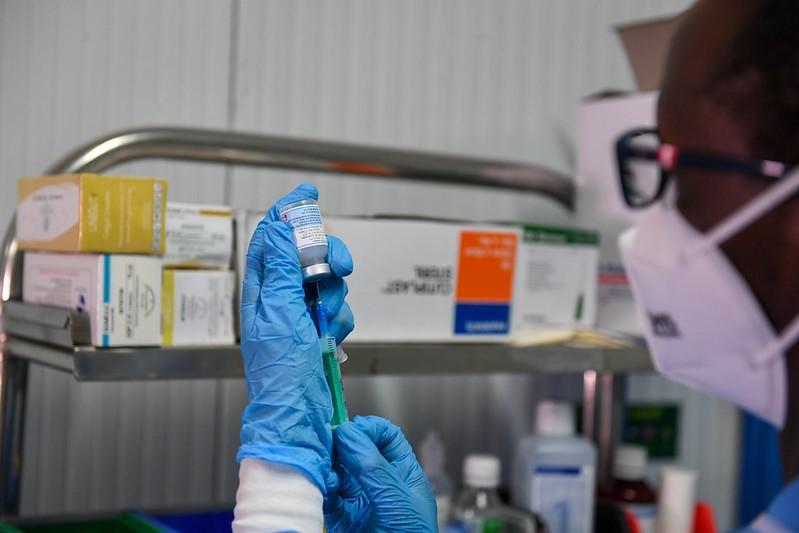A new Italian study finds that estimated relative vaccine effectiveness (rVE) was 49.3% for the bivalent (two-strain) booster and 26.9% for the monovalent (single-strain) booster, with protection lasting at least 4 months for the bivalent booster and waning fast for the monovalent version. The study appears in The Lancet Infectious Diseases.
The study was conducted using data from the Italian vaccination registry and SARS-CoV-2 surveillance system, which quantified confirmed infections between September 12, 2022, and January 7, 2023. COVID-19 cases were matched among persons aged 60 years or older who received a second booster and those who had received only the first booster at least 120 days earlier. A total of 2,129,559 matched pairs were included.
Monovalent boosters target the ancestral virus, and bivalent boosters target the ancestral virus and either the Omicron BA.1 or BA.4/BA.5 subvariants. During the study period, Omicron BA.5 infection was the dominant strain in Italy, accounting for more than 95% of viral isolates.
Booster protection peaks at 30 days
Against severe COVID-19, the rVE for the bivalent COVID-19 booster was 50.6% (95% confidence interval [CI], 46.0% to 54.8%) in the 14 to 118 days post-administration. The rVE was 49.3% (95% CI, 43.6% to 54.4%) for the bivalent original/BA.1 mRNA vaccines and 26.9% (95% CI, 11.8% to 39.3%) for the monovalent mRNA vaccines.
All boosters considered in this study had waning protection, with peak protection at 2 to 4 weeks after injection.
The rVE, for example, of a second booster dose of a monovalent booster decreased from 44.1% (95% CI, 16.4% to 62.6%) 2 to 4 weeks post-administration to 20.7% (95% CI, –4.1% to 39.6%) 60 to 118 days post-administration. The rVE of the bivalent original/BA.4-5 mRNA vaccine also decreased, from 60.7% (95% CI, 53.8% to 65.5%) 2 to 4 weeks post-administration to 34.7% (95% CI, 19.7% to 46.9%) 60 to 18 days post-administration.
"We did not observe relevant differences in rVE of a second booster dose of the bivalent original/BA.4-5 mRNA vaccine in individuals aged 60–79 years and those aged 80 years or older," the authors said.
Instead, a second booster of an mRNA vaccine conferred additional protection against severe COVID-19 for the first 4 months post-administration, compared with receiving only a first booster at least 120 days earlier.
The overall rVE was 27% for the second booster with a monovalent vaccine, 49% for the second booster with a bivalent original/BA.1 vaccine, and 51% for the second booster with the bivalent original/BA.4-5 vaccine.
The number needed to vaccinate to prevent a single case of severe COVID-19 over 4 months was estimated to be 535 (95% CI, 477 to 609).
Time is likely a confounding factor
In a commentary on the study, Shabir Madhi, PhD, of the University of Witwatersrand in South Africa, and Daniel Feiken, PhD, of the World Health Organization, warn that though useful, the study was problematic because monovalent vaccines were completely replaced by bivalent vaccines upon their introduction in Italy.
With COVID-19, we have learned that many aspects of the viral epidemiology, the uptake of vaccines, and the population immunity change over time.
"Therefore, the rVE of the monovalent and bivalent COVID-19 vaccines were evaluated during different time periods," they write. "With COVID-19, we have learned that many aspects of the viral epidemiology, the uptake of vaccines, and the population immunity change over time, often quite rapidly and more so in the context of the highly transmissible omicron variant of concern and its many sublineages, all of which can lead to time-varying confounding of vaccine effectiveness estimates."
Effectiveness estimates could also have been conflated with naturally acquired immunity over time, the commentary authors write.






















